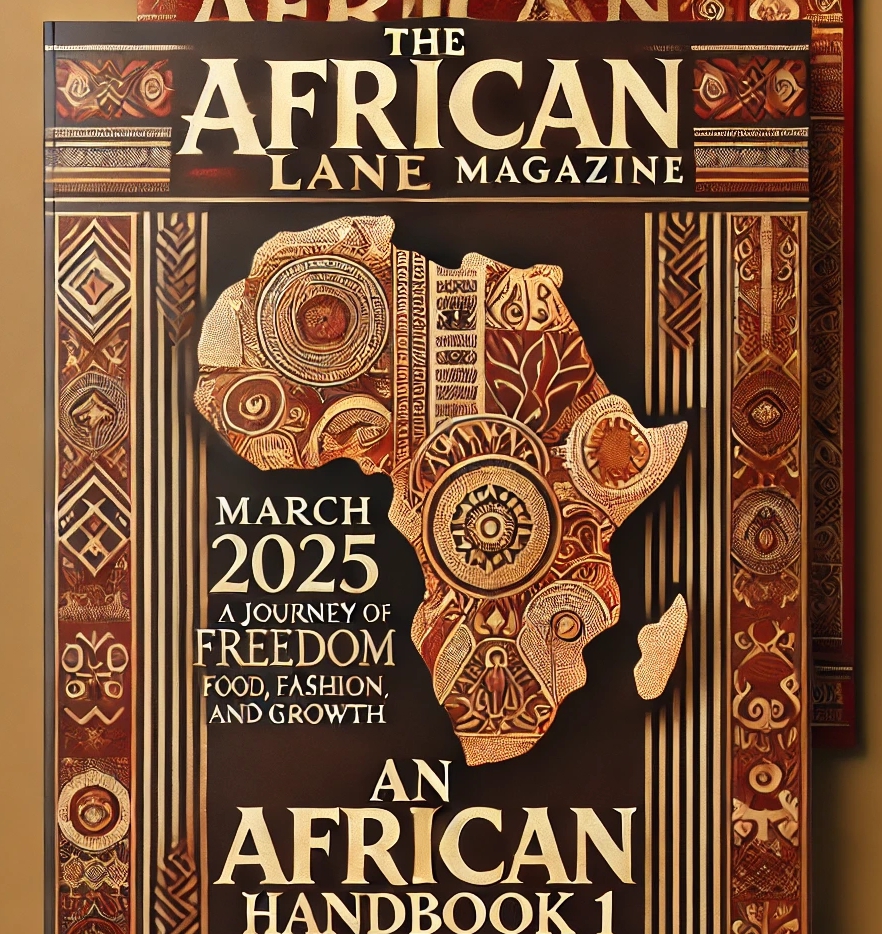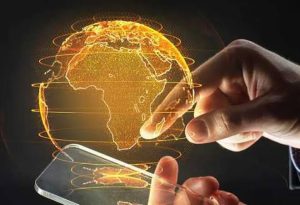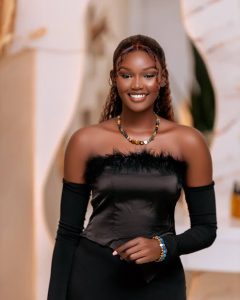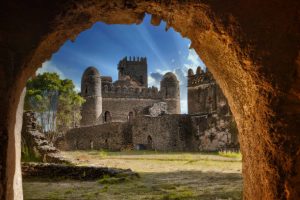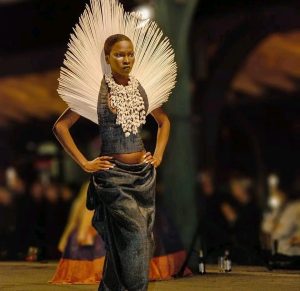Congo: The Land of Natural Resources
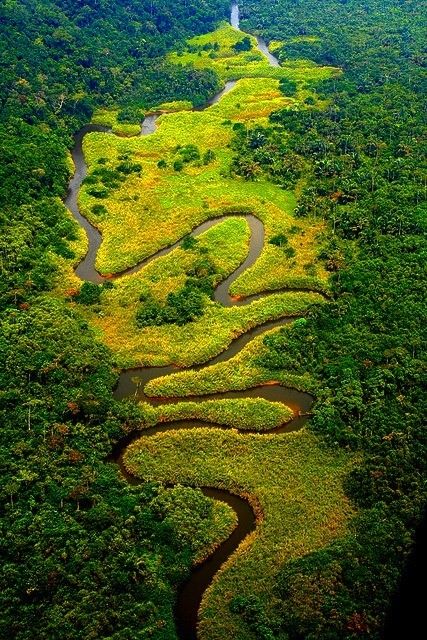
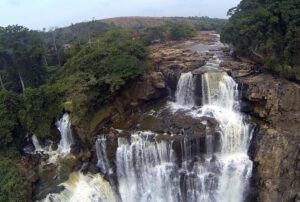
| Capital
and largest city
|
Kinshasa 4°19′S 15°19′E |
|---|---|
| Other Cities: Official languages |
Bandundu,Bukavu, Goma Kananga, Kindu, Kisangani, Lubumbashi, Matadi, Mbandaka, Mbuji-Mayi.French |
| Recognised national languages | |
| Religion
(2015)[1]
|
|
| Demonym(s) | Congolese |
| • President | Félix Tshisekedi |
| • Prime Minister | Jean-Michel Sama Lukonde[2] |
| • President of the Senate | Modeste Bahati Lukwebo |
| • President of the National Assembly | Christophe Mboso N’Kodia Pwanga |
| • President of the Constitutional Court | Dieudonné Kaluba Dibwa |
| Legislature | Parliament |
| • Upper house | Senate |
| • Lower house | National Assembly |
| Formation | |
| • Colonised | 17 November 1879 |
| • Congo Free State | 1 July 1885 |
| • Belgian Congo | 15 November 1908 |
| • Independence from Belgium | 30 June 1960[3] |
| • Admitted to the United Nations | 20 September 1960 |
| • Renamed Democratic Republic of Congo | 1 August 1964 |
| • Republic of Zaire | 29 October 1971 |
| • First Congo War | 17 May 1997 |
| • Current constitution | 18 February 2006 |
| Area | |
| • Total | 2,345,409 km2 (905,567 sq mi) (11th) |
| • Water (%) | 3.32 |
| Population | |
| • 2021 estimate | 105,044,646[4] (15th |
Government:
Type: Republic; transitional regime highly centralized with executive power vested in the president.
Independence: 30 June 1960 (from Belgium).
Constitution: 18 February 2006
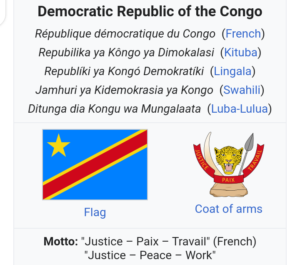
Geography:
Location: Central Africa, northeast of Angola
Area: 2,344,858 km² (905 000 sq. mi)
Terrain: Varies from tropical rainforests to mountainous terraces, plateau, savannas, dense grasslands, and mountains.
Highest point: Pic Marguerite 5 110 m on Rwenzori Range’s Mont Ngaliema (Mount Stanley).Climate: Equatorial; ranges from tropical rainforest in the Congo River basin, hot and humid in much of the north and west, cooler and drier in the south central area and the east.People:
Nationality: Congolese
Population: 71 million (2015)
Ethnic groups: More than 200 African ethnic groups; the Luba, Kongo, and Anamongo are some of the larger groupings of tribes.
Literacy: 64%
Natural resources: Cobalt, copper, Columbite-tantalite (coltan) refined, coltan becomes tantalum, niobium, petroleum, industrial and gem diamonds, gold, silver, zinc, manganese, tin, uranium, coal, hydropower, timber.
Agriculture products: Coffee, sugar, palm oil, rubber, tea, quinine, cassava (tapioca), palm oil, bananas, root crops, corn, fruits; wood products.
Industries: mining (diamonds, copper, zinc), mineral processing, consumer products (including textiles, footwear, cigarettes, processed foods and beverages), cement, commercial ship repair.
Exports partners: China 43.5%, Zambia 25%, South Korea 4.9%, Belgium 4.8% (2015)
Imports partners: China 20.6%, South Africa 17.7%, Zambia 12.3%, Belgium 6.9%, Zimbabwe 5.1%, India 4.7% (2015)
Currency: Congolese Franc (CDF)
According to CIA World Fact Book Established as a Belgian colony in 1908, the Republic of the Congo gained its independence in 1960, but its early years were marred by political and social instability.
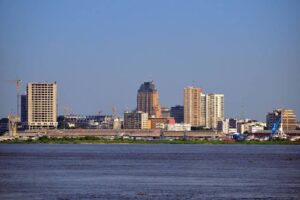
Skyline view of Kinshasa, Democratic Republic of the Congo.
mtcurado/iStockphoto.com
KABILA renamed the country the Democratic Republic of the Congo, but in August 1998 his regime was itself challenged by an insurrection backed by Rwanda and Uganda. Troops from Zimbabwe, Angola, Namibia, Chad, and Sudan intervened to support the Kinshasa regime. A cease-fire was signed in July 1999 by the DROC, Zimbabwe, Angola, Uganda, Namibia, Rwanda, and Congolese armed rebel groups, but sporadic fighting continued.
Laurent KABILA was assassinated in January 2001 and his son Joseph KABILA was named head of state. In October 2002, the new president was successful in negotiating the withdrawal of Rwandan forces occupying eastern Congo; two months later, the Pretoria Accord was signed by all remaining warring parties to end the fighting and establish a government of national unity.
A transitional government was set up in July 2003; Joseph KABILA remains as president and is joined by four vice presidents representing the former government, former rebel groups, and the political opposition.
Source: CIA World Fact Book, Britannica, Nationonline.org, Wikipedia,Traveltour
